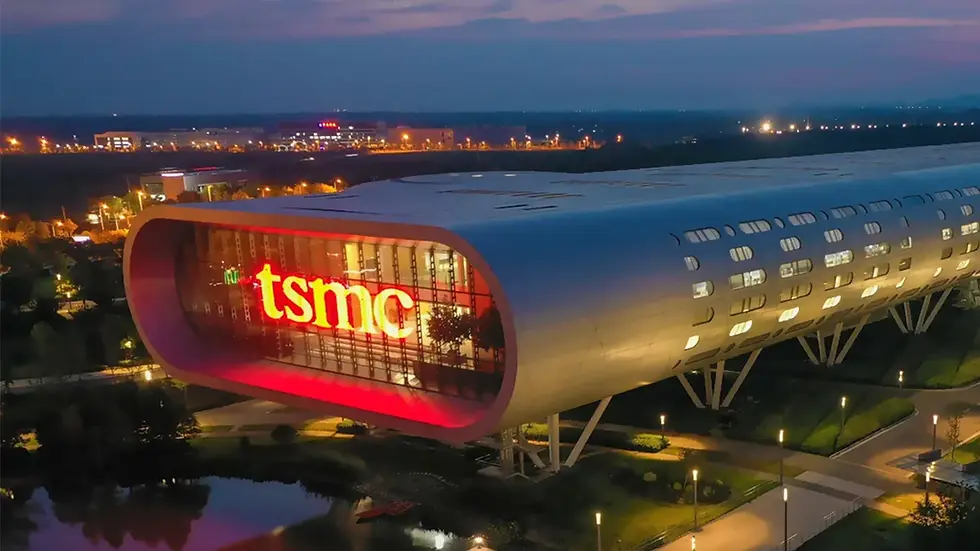Trump signals imminent chip tariffs as TSMC’s U.S. investment grows to $300 billion
- The Apple Square

- Aug 6
- 2 min read

President Donald Trump is signaling a major shift in semiconductor policy as speculation grows around an upcoming tariff on imported chips. While no formal announcement has been made, Trump has indicated that new trade measures targeting semiconductors could arrive within days.
Speaking during a televised interview, he cited a $300 billion chip plant investment in Arizona, widely believed to refer to TSMC, the world’s largest chip manufacturer and a key Apple supplier.
Though Trump didn’t mention the company by name, his remarks closely align with TSMC’s high-profile Arizona expansion. As of earlier this year, the company had committed roughly $165 billion to its U.S. operations, including multiple advanced chip fabs. It remains unclear whether the president’s $300 billion figure includes past investments or represents a future pledge.
The potential tariff, which Trump framed as distinct from broader import fees on other materials, is part of an ongoing effort to localize production of critical technologies. His comments implied that chips and semiconductors would fall under their own category, separate from the 15% blanket tariffs applied elsewhere, and could carry steeper rates, similar to the 50% levies on steel and aluminum.
Apple, which relies on TSMC for all of its A and M series processors, is already feeling the weight of existing trade restrictions. The company has projected that its cumulative tariff expenses will reach $2 billion by September. If new chip-focused tariffs materialize, production costs for devices like the upcoming iPhone 17 could rise further unless exemptions are granted.
Trump’s repeated emphasis on domestic production underscores the administration’s broader push to secure high-tech manufacturing within the U.S. With TSMC accelerating its Arizona buildout and companies like Apple investing billions in stateside infrastructure, the race to re-anchor the semiconductor supply chain appears to be entering a new phase.






